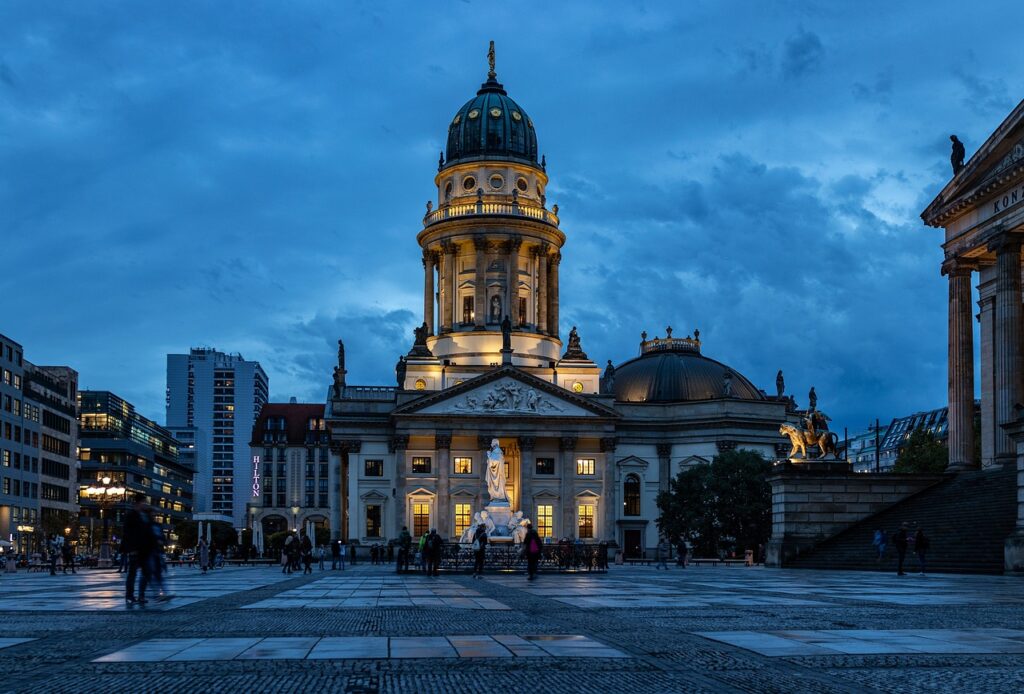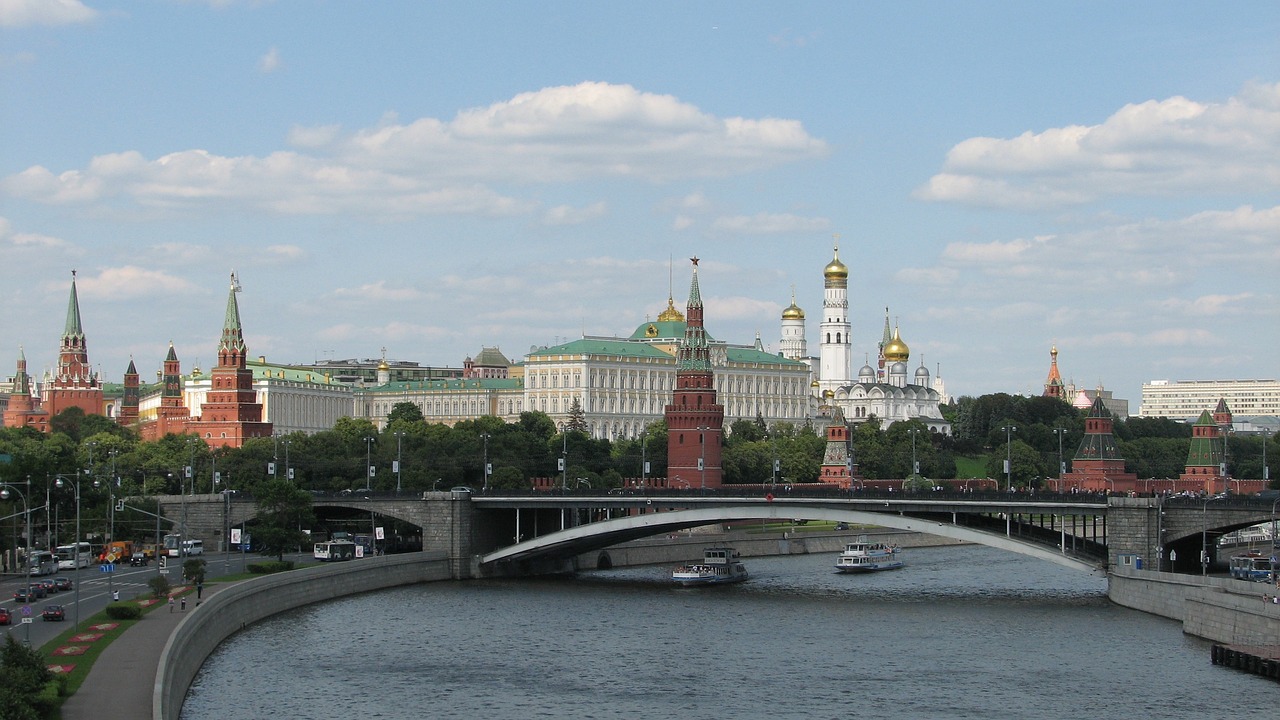Berlin is not just the political and administrative heart of Germany; it’s a city that wears many hats. Known for its rich history, vibrant culture, and a plethora of landmarks, Berlin is a city that has seen it all. From being the epicenter of political power in Germany to a hub for artists and intellectuals, the city offers a unique blend of the old and the new.
A Glimpse into the Historical Landscape
Berlin’s history is a tapestry woven with threads of different eras, ideologies, and events. The city was initially part of the Kingdom of Prussia and later became the capital of the German Empire in 1871. Its significance grew manifold during the 20th century, especially during World War II and the subsequent Cold War era. The Berlin Wall, which divided the city into East and West Berlin, stands as a stark reminder of a time when the city was at the forefront of global politics. Interestingly, the city was also the capital of Germany before Berlin, during various periods, adding another layer to its complex history.
The Cultural Cauldron
Berlin is a melting pot of cultures, thanks in part to its diverse population. The city is home to numerous museums, art galleries, and theaters that showcase not just German culture but influences from around the world. The Berlin Philharmonic and the Berlin Opera are just a couple of examples of the city’s rich cultural offerings. Berlin’s nightlife is another aspect that draws people from all walks of life, making it a city that never sleeps.
Economic and Technological Hub
Berlin is not just a city steeped in history and culture; it’s also a burgeoning economic powerhouse. The city has a thriving startup ecosystem, and it’s becoming a hub for technology and innovation. Companies in sectors ranging from biotechnology to renewable energy are setting up shop in Berlin, making it a city that’s as much about the future as it is about the past.
The Currency and Population Dynamics
While we’re on the subject of economics, it’s worth mentioning that Germany’s currency is the Euro. Berlin, being the capital, is naturally an economic hub, contributing significantly to the country’s GDP. The population of Berlin is diverse, with a mix of native Germans and expatriates from around the world. This diversity adds to the city’s cosmopolitan charm and makes it a microcosm of global culture.

Navigating the City
Berlin is well-connected by public transport, including buses, trams, and the U-Bahn and S-Bahn metro systems. For those interested in exploring the city in depth, there are maps of Germany and surrounding countries that can help plan out an extensive itinerary. The city is also bike-friendly, offering another mode of transport for those looking to navigate the city at a more leisurely pace.
The States and Capitals of Germany
Berlin is one of the 16 federal states of Germany and serves as its own capital. This unique status gives Berlin a dual role in the administrative setup of Germany, making it an interesting case study for those interested in political science and governance.
Berlin is a city that defies easy categorization. It’s a place where history, culture, and modernity coalesce to create a unique and unforgettable experience. Whether you’re interested in exploring the city’s historical landmarks, soaking in the culture, or understanding its economic landscape, Berlin offers something for everyone.



